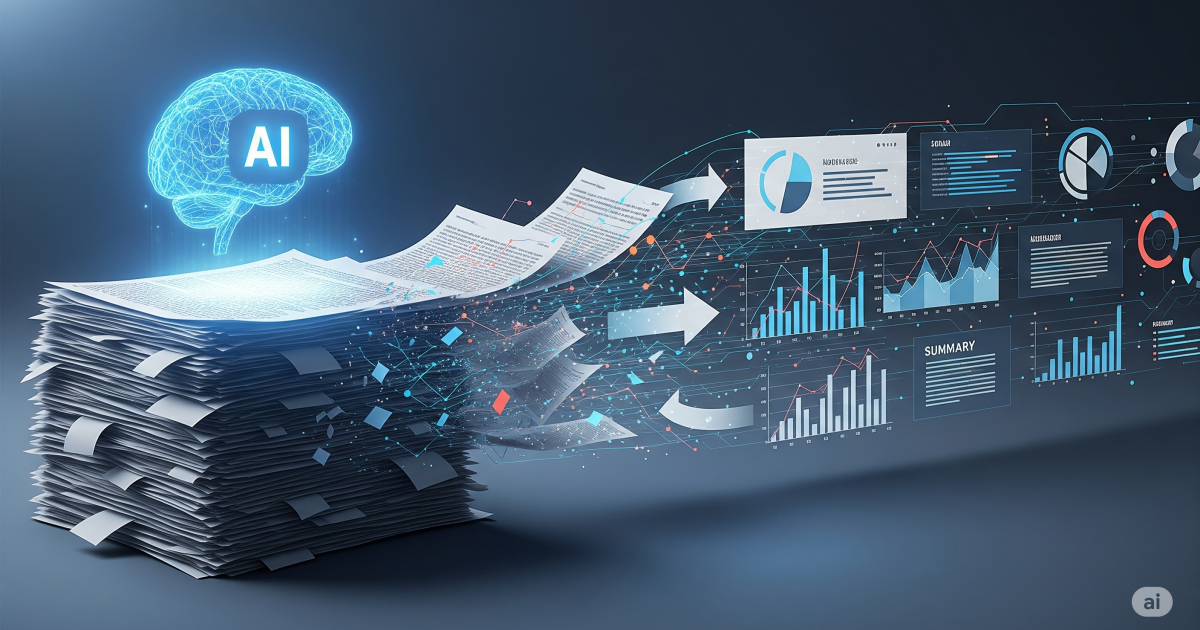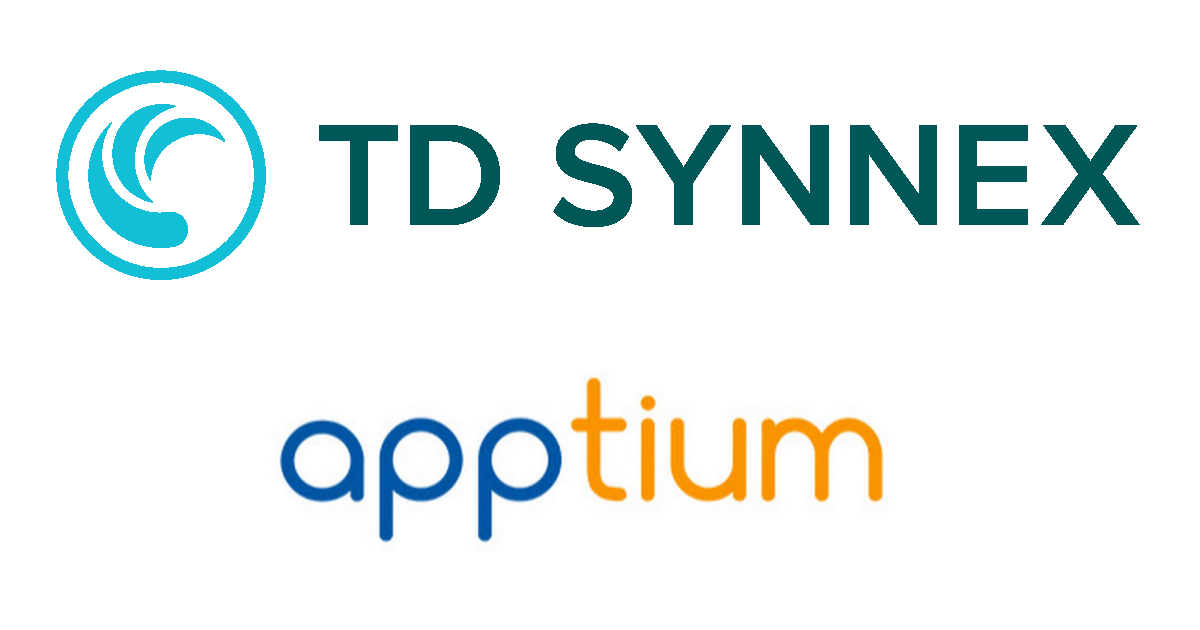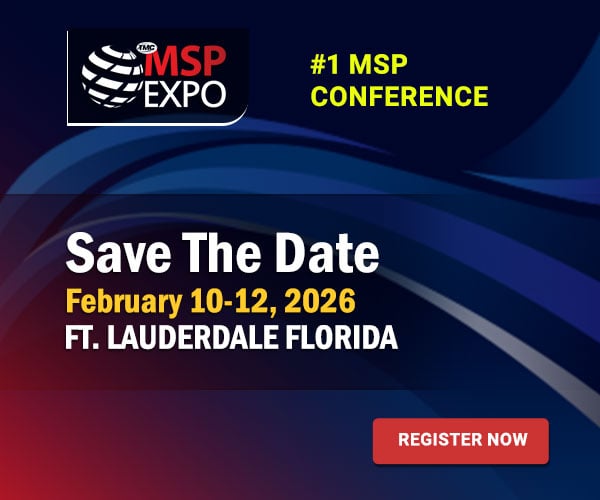
In today’s climate, many Managed Service Providers (MSPs) are at a crossroads. The industry is growing at an impressive rate of 12.5% annually since 2014, but despite this wave of optimism, many providers remain apprehensive about the road that lies ahead. Shifts in the industry have shaped client demands and forced changes in many MSP sales models. The good news: managed services aren’t going anywhere. There is currently an increased demand for MSP services, even from large enterprises. But due to many factors, including the rise of emerging competitors and digitization, we’ll soon see further industry imparity.
Below, we explore the key factors driving change for MSPs in 2020 and reveal how providers can get ahead of these shifts in the industry.
Continued Industry Consolidation
This past year saw an increase in the consolidation of the MSP industry, a trend that should continue into 2020. According to a recent Deloitte report, 79% of private equity firms said they would close more transactions in 2020 than 2019. It appears likely that large MSPs will look to expand their reach by absorbing smaller shops. Providers will look to bring more services under one roof, extending their offerings to new verticals and larger enterprise customers. Additionally, many investors outside of the industry will want to make a splash. Steady growth in market size, favorable margins and a clear ability to scale are positive factors drawing new capital to this emerging sector.
These investments will enable MSPs to scale and expand their technical offerings, sales capacity and marketing capabilities. But with scale comes its own set of challenges. As MSPs mature, they will need to continue updating their offerings to keep pace with customer demand and industry standards. More investment can help this effort, but winning MSPs will need to demonstrate efficient and automated processes or risk watching the competition race past them.
Changing Customer Demands
Customer demands are drastically changing how MSPs tailor their offerings. This can be seen in the shift from on-premises to cloud-based systems, by the growing volume of connected devices, and through the increased adoption of emerging technologies by end-users. Over the last 25 years, key managed services have evolved from supporting hardware and landline phones all the way to full cloud services for business. With the emergence of technologies like IoT and the 5G rollout, even more industry change is on the horizon. This presents a great opportunity for growing revenues, but only if MSPs have the systems in place to shift quickly and effectively manage the industry’s new direction.
Many providers have dealt with issues digitizing operations to keep pace with the needs of their customers. Most MSPs have moved away from a one-off sales strategy to target wide-ranging subscription services and recurring revenue streams. This shift away from antiquated IT value-added services toward subscription cloud-based revenue models is what will enable providers to drive more value to their customers and increase retention.
Demand for Automation
2020 will be the year of efficiency. MSPs anticipate leveraging automation as a key driver of scale. As smaller providers grow, they will need mature processes in place to meet the demands of the industry. Automation will enhance the role of employees - not replacing them but rather moving them to higher value tasks - and enable providers to allocate resources in more strategic ways. In fact, 38% of providers claimed improvement to operations as a leading factor for growth in 2020, according to CompTIA’s industry outlook.
Billing is one area of focus for MSPs which automation can directly impact. Due to the adoption of new technologies, new recurring revenue models and providers need to extract data from more sources than ever before. This extra data processing commitment can make billing management a daunting task for any department. Usage-based billing systems can drastically cut down on manual tasks and erase revenue leakage from inaccurate billing on devices.
It is abundantly clear that MSPs face a great deal of change in 2020. From evolving customer behaviors and preferences to the adoption of new technologies, providers must be ready for everything coming their way. While they can’t predict the future, they can prepare for long-term success by establishing sound processes, leveraging automation, and tapping into software partners as the catalysts for scale.
Edited by
Maurice Nagle






